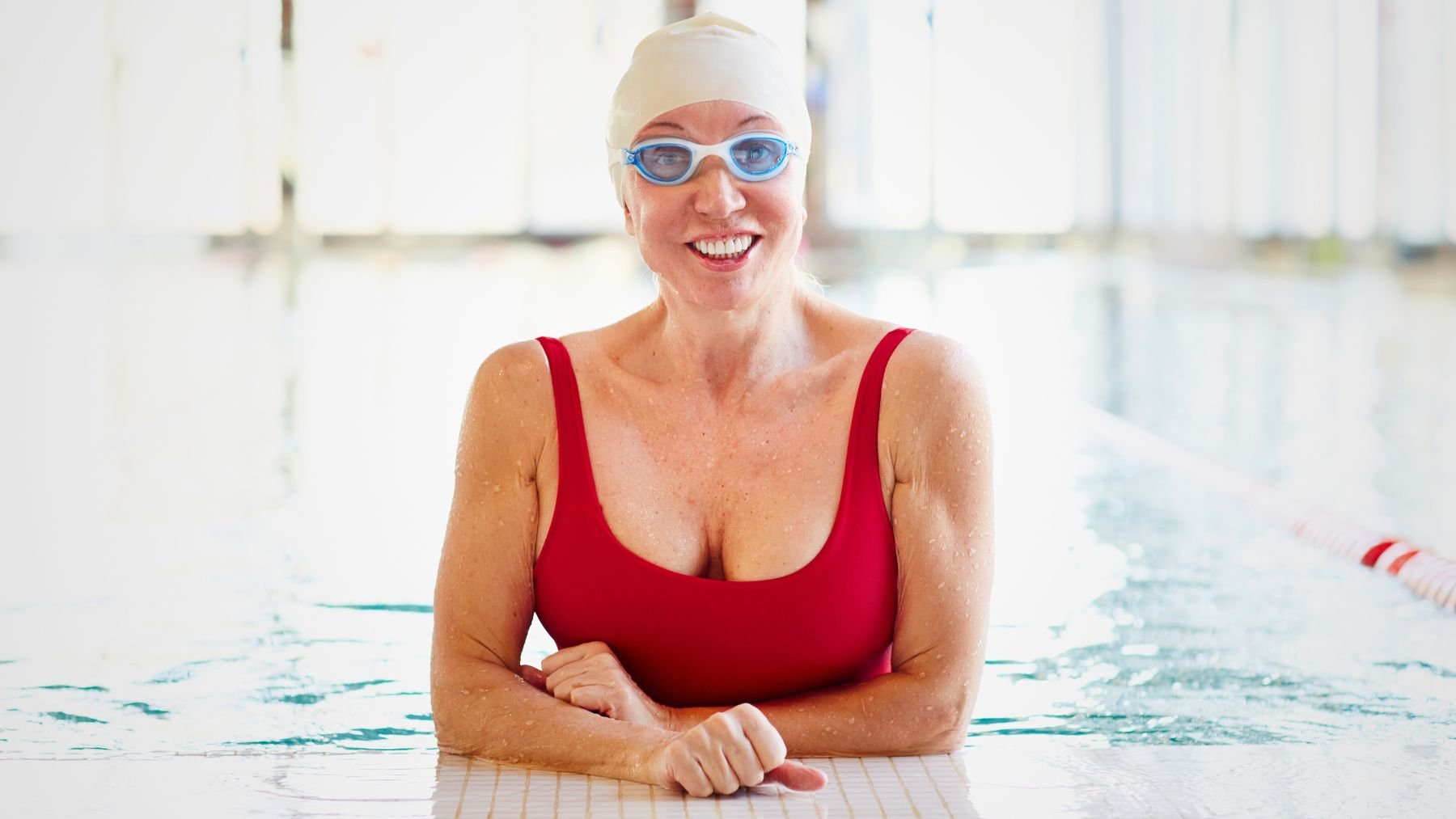If you are over 65 and concerned about falls, water-based activities may be transformative. Rather than following traditional routines such as walking or jumping underwater, we want to discuss a specific exercise for enhancing stability with one simple tool: a kickboard.
Here, we’ll explore how kickboard knee raises target balance improvement for retirees. You’ll learn safe techniques to perform this exercise and discover additional pool workouts that enhance stability, coordination, and mobility. Practices such as aquatic therapy and water aerobics offer a dynamic and low-impact alternative to land-based exercises for seniors.
Kickboard knee raises: an exercise for increased stability
Kickboard knee raises fortify the muscles surrounding your knees while promoting better posture and balance. To perform it, stand chest-deep in comfortably warm water (ideally between 92 and 98°F) and position one foot firmly on a kickboard. Apply deliberate pressure until your leg is fully extended; this action engages your thigh and hip muscles.
Then gently bend your knee to elevate the board toward the surface. The water’s resistance works in both directions, strengthening your quadriceps and hamstrings while minimizing joint strain. Do 12-15 repetitions per leg. Use the pool’s edge for support if necessary.
Consistent practice improves proprioception, your body’s sense of position, which is essential for preventing missteps on land. In addition, the warm water relaxes stiff joints and promotes a fuller range of motion, gradually reducing wobbliness when you stand or pivot during daily activities.
Other exercises to build balance underwater
In addition to kickboard knee raises, several other water exercises can enhance your stability and coordination in a safe, low-impact environment. Always begin with a proper warm-up and adjust the intensity to your comfort level.
- Side leg extensions: Stand with a firm grip on the pool wall. Slowly lift one leg straight out to the side, keeping your toes pointed forward. Hold the position for 3 seconds, lower carefully, and repeat 10 times per leg. This exercise strengthens the hip muscles, which are critical for maintaining your center of gravity and balance when shifting weight.
- Single-leg sweeps: Maintain balance on your right leg. Gradually swing your left leg forward in a pendulum motion, pause briefly, then sweep it backward. Perform 8 sweeps per leg without allowing your foot to touch the pool floor. This movement trains your core to stabilize your body during dynamic actions, mimicking the balance required for everyday steps.
- Straight leg marches: Lift one straight leg until it aligns parallel to the water’s surface. Lower it in a controlled manner and then switch to the opposite leg. Continue marching for 60 seconds. This exercise develops “weight-transfer” control, a critical skill for navigating stairs, curbs, or uneven terrain.
For optimal results, incorporate these exercises three times weekly. The water’s resistance compels your muscles to work harder, while buoyancy reduces the risk of sudden movements that could lead to injury. As your lower body gains strength and stability, you’ll notice increased confidence in your mobility, all achieved without high-impact motions.
There are even more water-based techniques and variations—including aqua jogging and pool resistance workouts—that can complement these exercises, making aquatic fitness a versatile and enjoyable way to enhance balance, strength, and overall health after 65.

